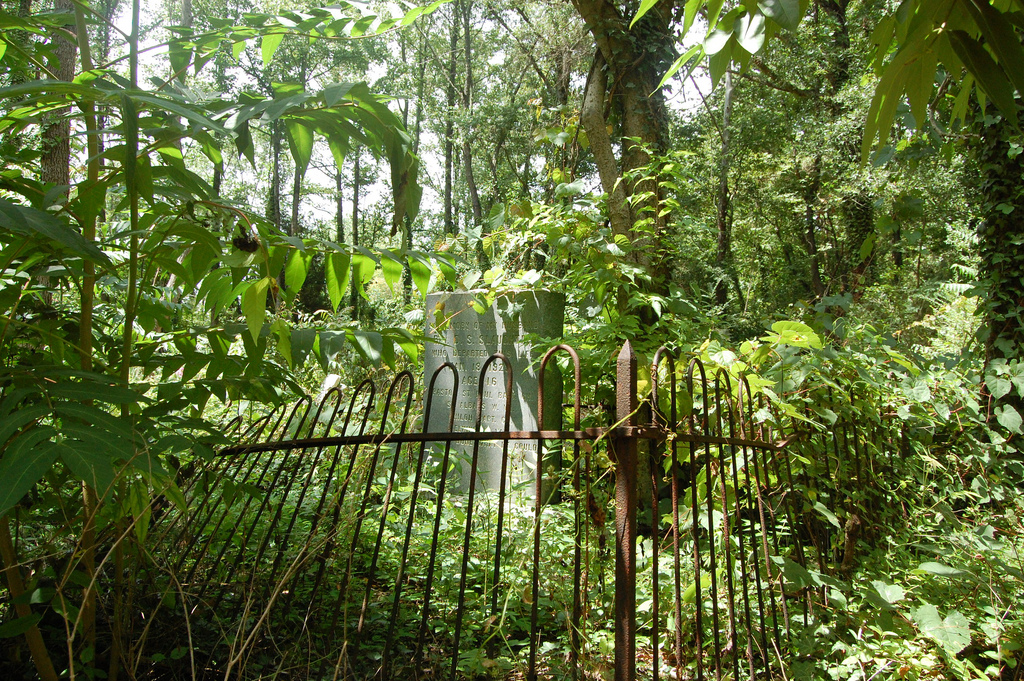RECENT COMMENTS

New historical markers to commemorate Church Hill Tunnel, Evergreen Cemetery, and Mary Wingfield Scott
The state’s Department of Historic Resources approved 13 new Historical Highway Markers recently, including 3 with direct ties to the area: Church Hill Tunnel, Evergreen Cemetery, and Mary Wingfield Scott.
Church Hill Tunnel
About 200 feet east is the western portal of the Church Hill Tunnel. On 11 Dec. 1873, Chesapeake and Ohio locomotive number 2 passed through the tunnel, marking the completion of one of the longest tunnels in the United States. The tunnel was being repaired on 2 Oct. 1925, when Chesapeake and Ohio locomotive number 231 entered the tunnel heading west, pulling ten flat cars. The train was near the western portal when suddenly 190 feet of the tunnel collapsed, trapping and killing railroad workers, some of whom remain entombed in the tunnel along with the train.
Sponsor: Walter S. Griggs, Jr., VCU School of Business
Locality: Richmond CityEvergreen Cemetery
In 1891, Evergreen Cemetery was established as a preeminent resting place for many of Virginia’s most influential African-American residents. These include Maggie L. Walker, the nation’s first female bank president and founder of the St. Luke Penny Savings Bank, and John Mitchell, Jr., champion of African-American rights and editor of the Richmond Planet newspaper. J. Henry Brown, a stonemason by trade, designed many of the tombstones erected here. By the early 1970s, the cemetery had fallen into disrepair. In 1975, volunteers from the Maggie L. Walker National Historic Site led an effort to restore Evergreen to its original glory.
Sponsor: Maggie Walker Civic Society
Locality: Richmond CityMary Wingfield Scott (1895-1983)
Richmond native Mary Wingfield Scott is credited with the transformation of historic preservation in Virginia. Through her education and vision, Miss Scott introduced a scholarly approach to the movement, inspiring generations of preservationists. She founded the William Byrd Branch of the Association for the Preservation of Virginia Antiquities in 1935, tirelessly documented Richmond’s historic buildings, and advocated for their protection through changes in public policy. To educate the public, Miss Scott gave lectures, published regularly, and led walking tours of historic neighborhoods. She bought and restored Linden Row, ensuring its preservation when she donated it to the Historic Richmond Foundation.
Sponsor: DHR
Locality: Richmond City






The historical marker for the train tunnel is long overdue. Thanks to Walter Griggs for sponsoring this marker. The tunnel collapse was an international event at the time and it is one of the amazing pieces of Jefferson Park and Union Hill history.
That sounds great but with all the new construction around the 18th Street entrance, I haven’t noticed how people can now access that opening of the tunnel as in the past? And I thought there was some sort of marker along Cherry street?